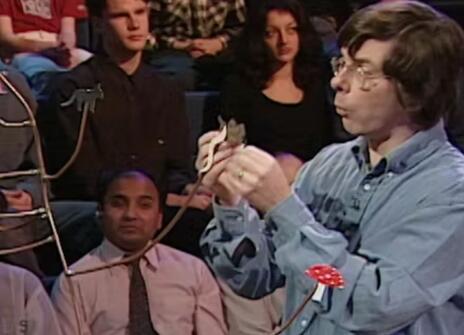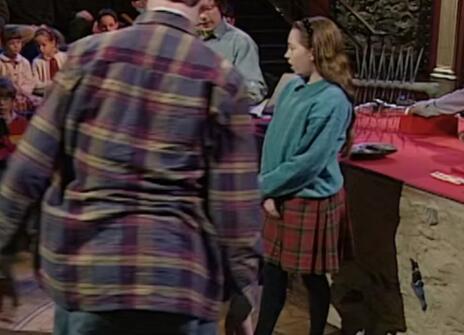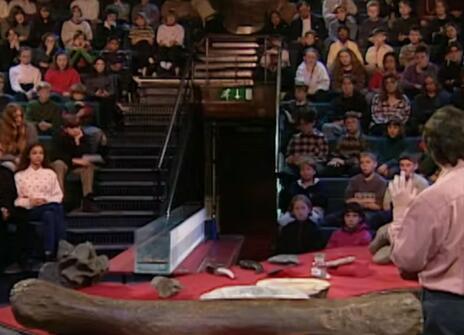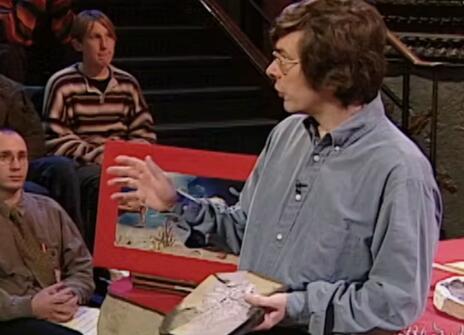Lecture 2 – The fossils come alive
Simon Conway Morris uses the woolly mammoth as an example of how we can use bones and ancient art to uncover the shape and look of an animal. He also explores how attempts to retrieve DNA from pre-historic frozen or amber encased organisms can present issues.
He also demonstrates with the aid of technology and a trombone how a species may have sounded.
About the 1996 CHRISTMAS LECTURES
Palaeontologist Simon Conway Morris delivers five lectures on the important role fossils and bones play in helping us understand the past.
In this set of engaging lectures and demonstrations from Conway Morris, he explains how fossils' markings have helped humans piece together the history of the planet.
There's an exploration of pre-historic creatures and dinosaurs including what caused their extinction. As well as a look at how life and mammals developed after this time and how we can trace our ancestry back more than 3 billion years.




